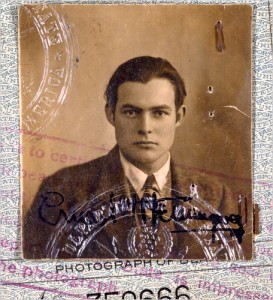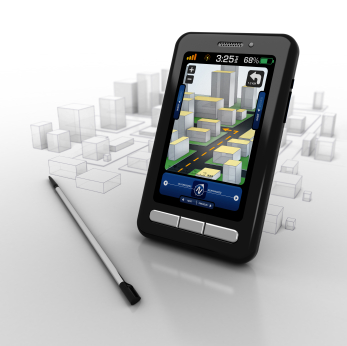15 Ways to Stand Out in the Social Media Crowd
It seems everyone tweets. Everyone has a Facebook page. If they’re not on YouTube with their own channel, it’s coming soon. Your competition is popping up on Pinterest and Google+. So how do you stand out from the crowd, especially if you want to stand out at a tradeshow, event or conference?
Let’s count the ways (an incomplete list!):
- Create good content. Whether it’s a short tweet or a longer blog post, or a photo of your new tradeshow booth, find ways to deliver something GOOD to your followers.
- Be responsive. If you get a comment be sure to respond.
- Don’t belittle your competition.
- Do things differently. You may do the same thing or provide a similar product as your competition. Can you find a way to do it differently to stand out?
- Do different things. Don’t do the same thing everyone else is doing. Search for ways to do different things.
- Take risks. Risks are just that: risks. But if you don’t risk, you don’t get the reward. Take a risk now and then. Small, medium, large risks…they’re all worthwhile at some point.
- Work hard. You don’t necessarily have to outwork your competition, but you do have to work hard. Good hard work is important and it shows, especially when compared to others that may not be working as hard.
- Have good manners. Politeness counts for a lot!
- Think for yourself. Take input from your colleagues and assess what the market is saying – but at the end of the day, think for yourself and make decisions based on what YOU think, not what others think. After all, it’s your life and your business.
- Don’t follow the crowd. Following the crowd makes you one of the crowd. Not a good idea, since the idea is to stand out from the crowd.
- Do what you’ll say you’ll do. It’s amazing how such a little thing like keeping promises is important to standing out in the crowd. You’d be surprised – or maybe not – by how many people don’t keep their word.
- Show some initiative. Don’t wait for the boss to ask you to do something. Don’t wait for your partner to give you an idea to pursue. Come up with your own ideas and follow them. Initiative helps you stand out from the crowd.
- Be attentive. When people are in your booth, or responding to your online postings with comments and questions, act as if they’re the most important thing in the world at that moment. The attention you give to them will be remembered.
- Make people feel good. By spreading a little happiness, you’ll be remembered. Find something about your followers or visitors that you can compliment.
- Be consistent. Yeah, really. That’s important, too!








